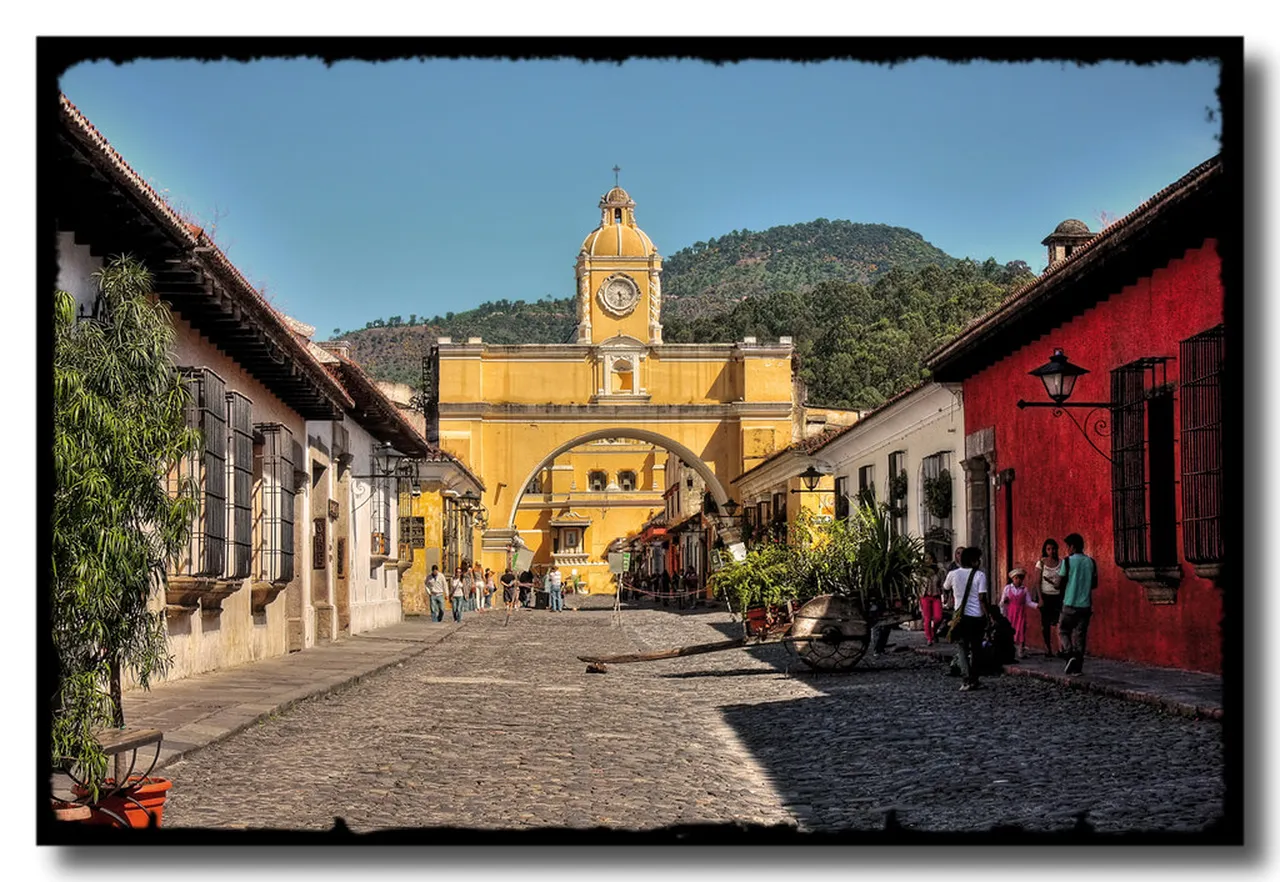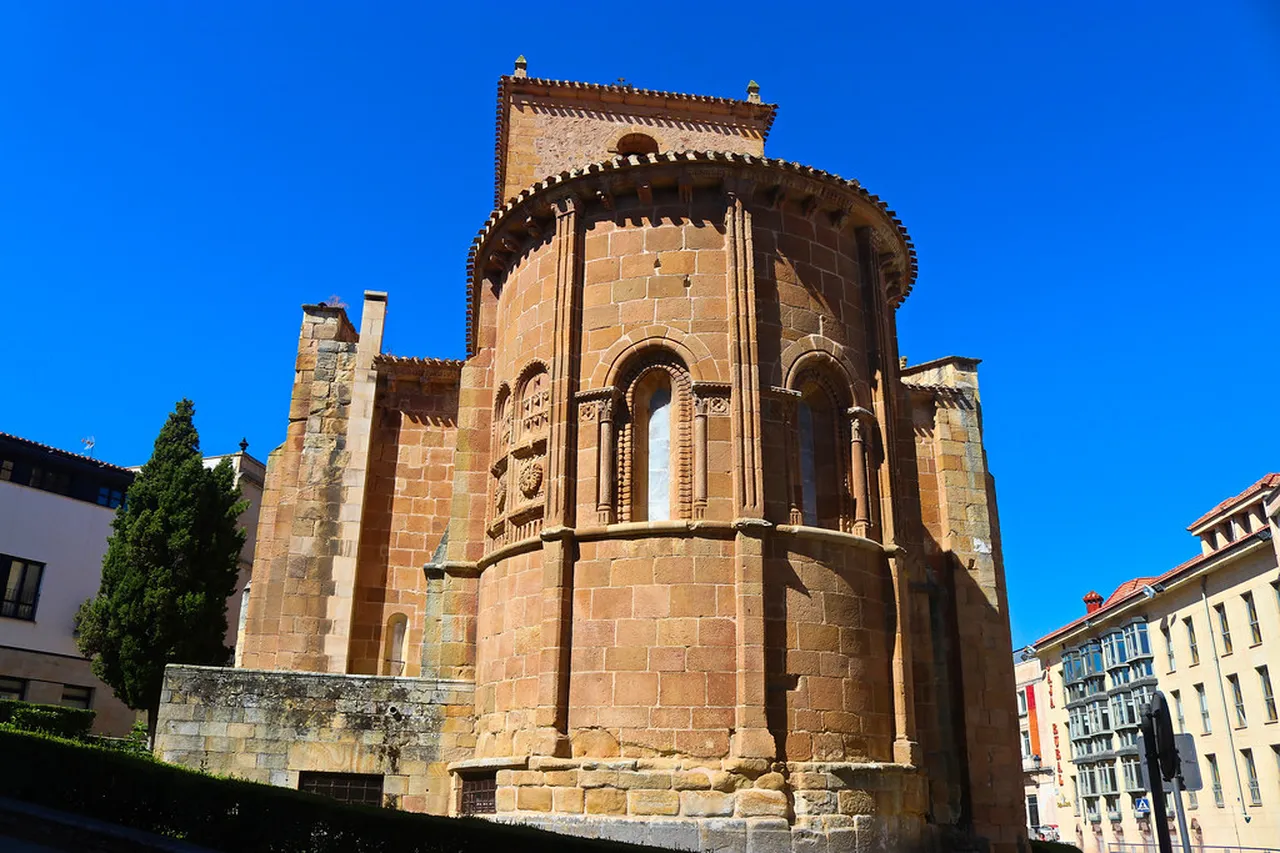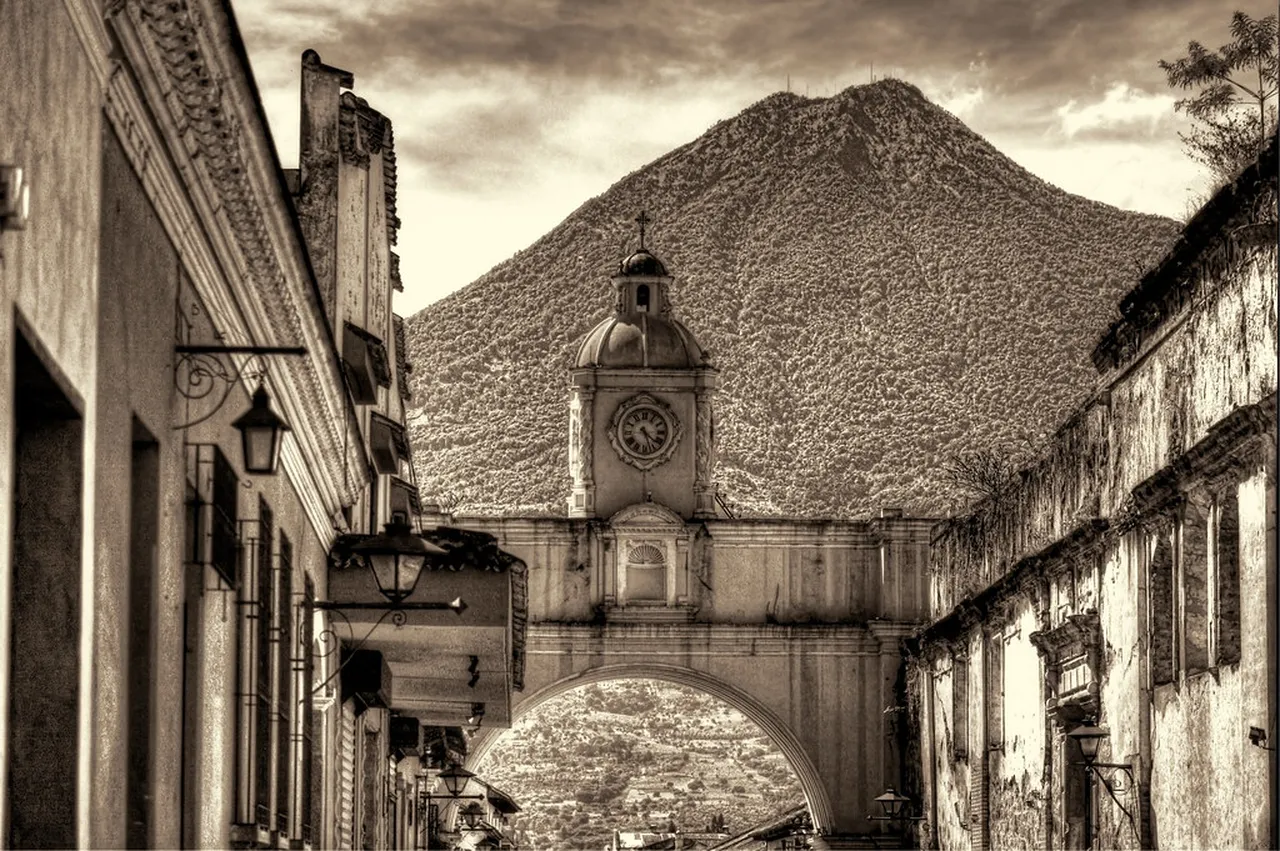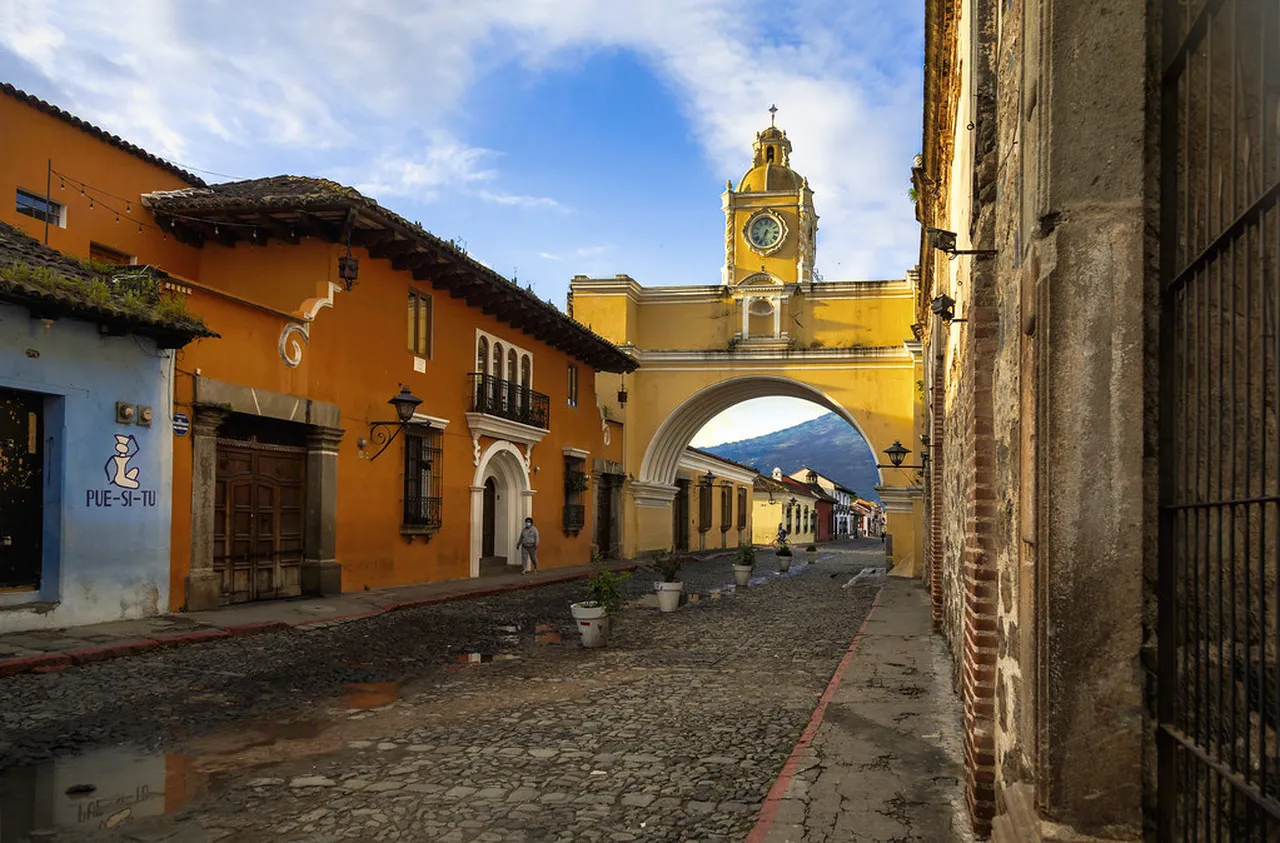
Antigua Landmarks: Explore the 10 Must-See Gems
Table of Contents
Antigua Landmarks
Antigua boasts a wealth of stunning landmarks that showcase its rich history, vibrant culture, and breathtaking natural beauty. From colonial-era architecture to pristine beaches, the island is home to numerous must-see attractions that every traveler should explore. In this article, we will guide you through 10 remarkable Antigua landmarks, highlighting their historical significance and unique features. Whether you’re an adventure seeker or a history enthusiast, these landmarks are sure to leave an indelible mark on your Antigua experience.
Want to find the best travel deals for this destination? adventure planner consultant with our adventure planning specialist!
1. Nelson’s Dockyard: A Historical Treasure of Antigua

Nelson’s Dockyard, located in English Harbour, is one of the most significant Antigua landmarks to visit. Established in the 18th century, it served as a naval base for the British. Today, it stands as a national park and a vibrant tourist area. As you explore this historical site, you’ll encounter well-preserved buildings that reflect the architectural brilliance of the era.
Moreover, visitors can enjoy waterfront dining and shopping at the various galleries and shops. It’s essential not to miss the Nelson’s Dockyard Museum, which provides deeper insights into Antigua’s maritime history. Additionally, the scenic views of the harbor create an ideal backdrop for photography and relaxation.
2. Shirley Heights: Breathtaking Views and Vibrant Sunset Parties

Shirley Heights is another gem among the famous Antigua landmarks. Situated high above English Harbour, this lookout point offers breathtaking panoramic views of the surrounding landscape. Interestingly, it is also known for its lively Sunday sunset parties. These gatherings feature local music, delicious food, and a vibrant atmosphere that draws both locals and tourists.
As you make your way to the viewpoint, the journey itself is filled with stunning vistas. Transitioning from day to night, the views become even more magical as the sun sets over the horizon. So, be sure to arrive early to secure a good spot and soak in the beauty!
3. St. John’s Cathedral: A Stunning Example of Colonial Architecture

St. John’s Cathedral stands as a magnificent representation of colonial architecture and is a must-visit among Antigua landmarks. Built in the early 19th century, its stunning façade features striking twin towers that dominate the skyline of the capital, St. John’s. Inside, the cathedral is equally impressive with its beautiful wooden ceilings and intricate stained glass windows.
Furthermore, the cathedral’s rich history is reflected in its numerous renovations after suffering earthquake damage. As you explore the interiors, you can feel a sense of serenity, making it a perfect place for reflection. Additionally, the surrounding area is filled with shops and cafes, offering a chance to relax and enjoy the local Culture.
4. Devil’s Bridge: Nature’s Seaside Marvel

Devil’s Bridge, located on the northeastern coast of Antigua, is a breathtaking natural landmark that attracts both locals and tourists. This stunning rock formation, carved by the Atlantic Ocean’s relentless waves, showcases nature’s artistry at its finest. The Devil’s Bridge is not only a remarkable sight but also holds historical significance. In the past, it was rumored to be a site where enslaved individuals sought refuge, adding a layer of depth to its beauty.
When visiting, you’ll find that the area is perfect for photography enthusiasts. The crashing waves create an energetic backdrop, making it a popular spot for scenic shots. Additionally, the nearby natural park offers hiking trails, allowing you to immerse yourself in the island’s vibrant flora and fauna.
5. Fort Barrington: Explore the Ruins of a Historic Fort
Pro Tip: Book your Antigua adventures in advance through Viator for the best deals!

Fort Barrington, perched on a hill overlooking the serene harbor of English Harbour, is a remarkable piece of Antigua’s military history. Constructed in the late 18th century, this fort was originally built to protect the island from potential invasions. Fort Barrington offers visitors a chance to explore its ruins while enjoying stunning coastal views.
As you walk through the remnants of the fort, you can imagine the strategic importance it once held. The panoramic vistas of the harbor are simply breathtaking, particularly at sunset when the sun casts a golden hue over the water. For history enthusiasts, a visit to Fort Barrington is a must as it encapsulates the essence of Antigua’s colonial past.
6. Betty’s Hope: The Island’s Sugar Plantation Legacy
Betty’s Hope is a historic sugar plantation that serves as a testament to Antigua’s agricultural heritage. Established in the 17th century, this landmark Highlights the island’s reliance on the sugar industry during colonial times. Today, visitors can explore the remnants of the plantation, including the old windmill and sugar boiling house, which provide insights into Antigua’s sugar production process.
Moreover, Betty’s Hope is an educational site with informative displays and guides available to shed light on the plantation’s history. This landmark not only showcases the architecture of the period but also reflects the struggle and resilience of those who worked there. Visiting Betty’s Hope is a valuable way to connect with Antigua’s rich past and appreciate its beautiful landscape.
7. The Ruins of the Cathedral of St. John the Divine: A Symbol of Resilience
The Ruins of the Cathedral of St. John the Divine stand as a poignant reminder of Antigua’s rich history and resilience. Originally constructed in the 17th century, this grand cathedral was damaged by a devastating earthquake in 1843. Despite its ruins, the site embodies the spirit of the Antiguan people and narrates tales of survival and strength.
As you stroll through the remnants, you can’t help but feel a sense of reverence. Notably, the magnificent arches and intricate stonework serve as a beautiful backdrop for photography enthusiasts. Additionally, the site offers a peaceful atmosphere that invites contemplation.
Ultimately, visiting the ruins provides an opportunity to reflect on the island’s past while experiencing the breathtaking beauty of local flora surrounding the structure.
8. Half Moon Bay: A Natural Paradise and Scenic Landmark
Half Moon Bay captivates visitors with its stunning turquoise waters and soft, white sandy beaches. This idyllic location represents one of Antigua’s beaches that truly showcases the island’s natural beauty. Moreover, it’s a prime spot for swimming and sunbathing, making it a must-visit destination for beach lovers.
Notably, the bay is bordered by lush vegetation and cliffs that enhance its picturesque views. Many travelers also enjoy walking along the beach to soak in the scenery. For adventurers, snorkeling in nearby reefs is a rewarding experience.
In conclusion, Half Moon Bay is not merely a beach but a sanctuary where you can unwind and appreciate nature’s bounty.
9. Antigua’s Beaches: Exploring the Island’s Natural Wonders
Antigua is renowned for having 365 beaches, one for each day of the year, ensuring everyone can find their slice of paradise. From tranquil shores to lively beach bars, each beach offers a unique experience. For instance, Dickenson Bay is famous for its vibrant atmosphere, while Half Moon Bay showcases breathtaking natural beauty.
Furthermore, the crystal-clear waters are perfect for Activities such as sailing, snorkeling, and kayaking. Transitioning from one beach to another can feel like a treasure hunt, where every discovery promises stunning views and friendly locals.
In summary, Antigua’s beaches are more than just stunning landscapes; they embody the essence of the island’s culture and natural wonders, making them essential to your travel itinerary.
10. The Museum of Antigua and Barbuda: A Gateway to the Past
The Museum of Antigua and Barbuda serves as a vital landmark, showcasing the rich history and vibrant Culture of this Caribbean gem. Located in the heart of St. John’s, this museum is housed in a former colonial courthouse and provides visitors with a captivating journey through time.
As you step inside, you’ll find an impressive collection of artifacts, documents, and displays that tell the story of Antigua’s indigenous people, colonial history, and the impact of the sugar industry. Moreover, the museum features a dedicated space for local art, making it a perfect spot to appreciate the creativity of Antiguan artists.
On your visit, don’t miss the chance to ask the knowledgeable staff about the various exhibits. This engagement can enhance your learning experience significantly. Overall, the Museum of Antigua and Barbuda is not just a place to observe; it invites you to immerse yourself in the island’s fascinating past.
Antigua is adorned with incredible landmarks that embody the island’s rich history and vibrant culture. Each landmark offers a unique glimpse into the past and showcases the breathtaking beauty of the surrounding landscapes. From the historical significance of Nelson’s Dockyard to the scenic paradise of Half Moon Bay, Antigua’s landmarks promise unforgettable experiences. Which Antigua landmark will you visit first? Share your favorites in the comments, and let’s inspire each other to explore this stunning island together.